Are your students struggling to master multiplication facts? If so, it’s time to try one of these magical multiplication activities in your classroom.
How to Teach Multiplication – Laying the Foundations Before Building on Them
The leap from learning subtraction and addition to learning multiplication can be a pretty daunting task for some students. So it’s crucial that we lay the foundations to set up your students for success.
My number one tip is to avoid teaching your students to memorise multiplication facts before they make the link between multiplication and addition.
Make sure your students grasp the first pillar of multiplication which is repeated addition.
Follow these easy steps to teaching multiplication:
- Whenever there is an opportunity to use hands-on activities and manipulatives, grab it!
- Teach your students that multiplication is repeated addition, (3 × 5 means “three groups of five,” which is the same as 5 + 5 + 5).
- Use a 100 grid to show how skip counting gives the same result as repeated addition.
- Teach your students that zero times any number is zero, (0 × 5 = 0, 0 × 8 = 0).
- Teach your students that one times any number is that same number, (1 × 6 = 6, 1 × 8 = 8).
- Identify and explore the easy multiples on a 100 square. The multiples of 10 are a great place to start.
- Later, teach your students that multiplication is commutative meaning that the order of the factors doesn’t change the product, (a × b is always the same as b × a). In other words, two numbers can be multiplied in any order and the answer will be the same.
Hooray It’s Array Time
Repeated addition and multiplication arrays are the perfect way to make an abstract idea, concrete.
I love arrays because they bridge the gap between repeated addition and multiplication. They unpack the concept, are quick and easy to make and provide an opportunity to get creative!
When teaching how to create multiplication arrays:
- Explain rows and columns.
- Create arrays using concrete items such as interlocking blocks, board magnets, construction blocks or… a bar of chocolate!
- Write both the repeated addition number sentence and the multiplication number sentence (3+3+3=9 and 3×3=9).
- Explore and investigate how inverting the arrangement of columns and rows affects the total.
- Repeat, revisit, repeat, revisit!
- Eat the leftover chocolate.
Dotty Arrays
I have created a set of array worksheets for you to use with your class.
Unleash your creative side and use star stickers, dot stickers, buttons… the possibilities are endless!
I love to use Q-tips and paint because I’ve seen little faces light up when they get the chance to use paint. If you set it up well, the mess factor is limited and controlled.
Create a City Of Multiplication Arrays
I love, love, love this crafty city of arrays idea.
You can create this eye-catching, interactive classroom display with a few simple, easy to find materials.
Here’s how to do it:
- Display and discuss an image of a cityscape.
- Model how to cut out the shape of a high-rise building (you might like to provide your students with a variety of templates) and windows.
- Demonstrate how to arrange and glue the windows on the building to create an array for a given multiplication number sentence.
- Provide your students with a variety of colored paper (template options), scissors and glue.
- Say, ‘Go’!
Lay a Dozen Multiplication Facts Game
This multiplication activity can be created by using a large egg box and a dozen toy eggs.
- Cut the lid off the egg box.
- Choose the multiplication facts that you would like your students to consolidate.
- Write a multiplication number sentence in each depression of the egg box.
- Write the factors (1x to 12x) on a toy egg.
- Ask the students to lay a dozen eggs by placing the correct egg and in the corresponding depression.
Top Tip: If you want to reuse the egg box and eggs to learn different multiplication facts, use removable stickers.
Scrambled Eggs
No egg whisks are required for this beauty of a multiplication game! You can put this activity idea together quicker than it takes to boil an egg (well if you’re organized)!
- Write numbers 1 – 12 in the holes of a dozen egg cartons.
- Place 2 small buttons or 2 construction blocks in the egg carton.
- Close the lid and shake it up.
- See where the marbles have landed and use the numbers to create a multiplication number sentence.
- Record the number sentence and solve the multiplication problem.
Multiplication Puzzles
If you’re looking for Multiplication Puzzles and Games for your third and fourth graders, we have it covered!
Our Number Matching Multiplication Puzzle is ideal for a math rotation activity. Students use their knowledge of multiplication and numbers to complete the puzzles correctly.
Multiplication Battle
This idea might be an old favorite, but it’s a classic and great mathematics warm-up activity for two players.
It really is as simple as picking two cards from a pack of standard playing cards to generate a multiplication number sentence. Whoever has the highest product keeps the cards.
Flip Some Cupcake Cases
For a quick and easy way to inject some colorful fun into your math lesson, flip some cupcake cases.
- Write the multiplication sentence on the bottom of the cupcake case and the product on the inside.
- Place the cupcake case bottom side up to show the multiplication questions.
- Students take turns choosing a cupcake case, read aloud, and answer the question before turning it over to check their answer.
- If they get it right, then they keep the cupcake case. If they get it wrong, they put it back. Whoever has the most cases at the end wins!
Top Tip: It’s easier to write on the cupcake cases while they are in a stack. If the answer is showing through, double the thickness by layering up 2 cupcake cases and securing them with double-sided sticky tape.
If you fancy mixing it up a little to get your little geniuses thinking, do the reverse by writing the product on the bottom of the cupcake case and asking the students to say the multiplication sentence.
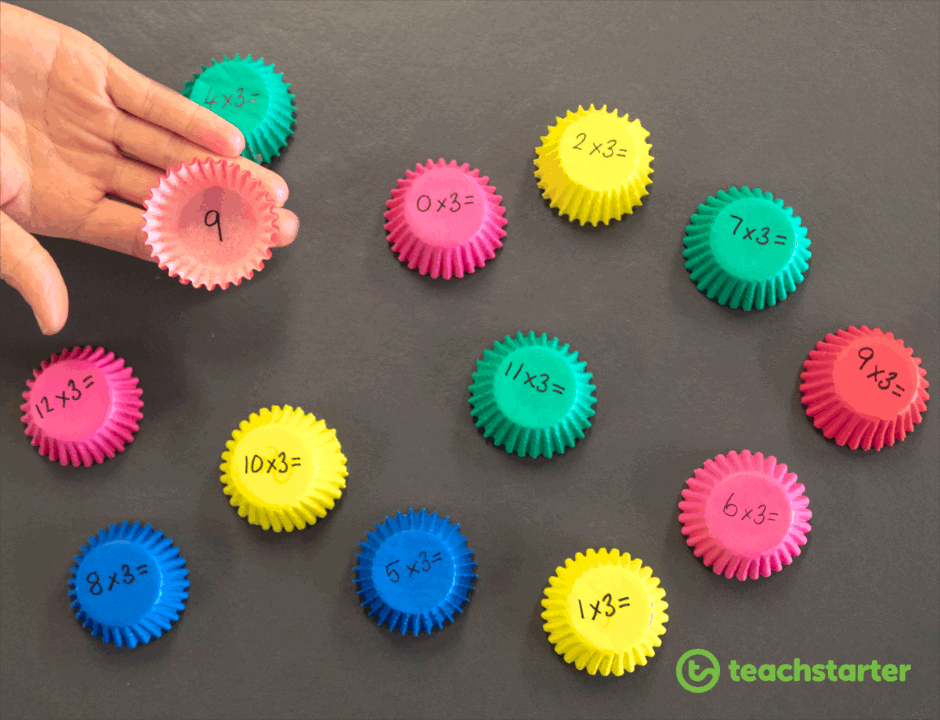
For another variation on this, use bottle tops!
Frogs and Lily Pads – Active Game
Does your class need some fresh air? Take a rain check on reciting multiplication facts in the classroom and allow your students to get outside and active instead.
You’ll need some paper plates, some green paint (optional) and a black marker.
How to set up:
- Paint the plates green to represent lily pads and allow them to dry (optional).
- Select a set of multiplication facts you would like your class to consolidate.
- Write one multiplication question on the bottom of each plate and the answer on the top. Turn the plates upside down.
- Arrange the plates on the floor, hopping distance apart.
How to play:
- Students take turns to be a hopping frog and a frog monitor ( checker of answers).
- The frog hops to the first lily pad, reads the multiplication question, and answers the question.
- The frog passes the lily pad plate to the frog monitor, who checks the answer by referring to the other side of the lily pad plate.
- If the answer is correct, the frog hops to the next lily pad. If the answer is incorrect, the frog hops back and tries again.
- For an extra challenge, ask the frog to start at the other end.
Create an Eye-Catching Classroom Display
Freshen up your classroom displays with our new of Multiplication Gear Posters. In our Multiplication Gear Resource Pack, you’ll find a poster for each multiplication fact 0-12 and an accompanying worksheet.
Teaching Presentations Galore!
We have created thirteen individual teaching presentations for you to use when teaching multiplication facts for the 1 – 13 times tables.
Each teaching presentation covers each set of facts up to x 14 and features a combination of number and word problems! What’s more, an answer slide is provided for each question, demonstrating an array and number sentence. You might choose to use a presentation as a warm-up activity or as an enrichment task for early finishers.


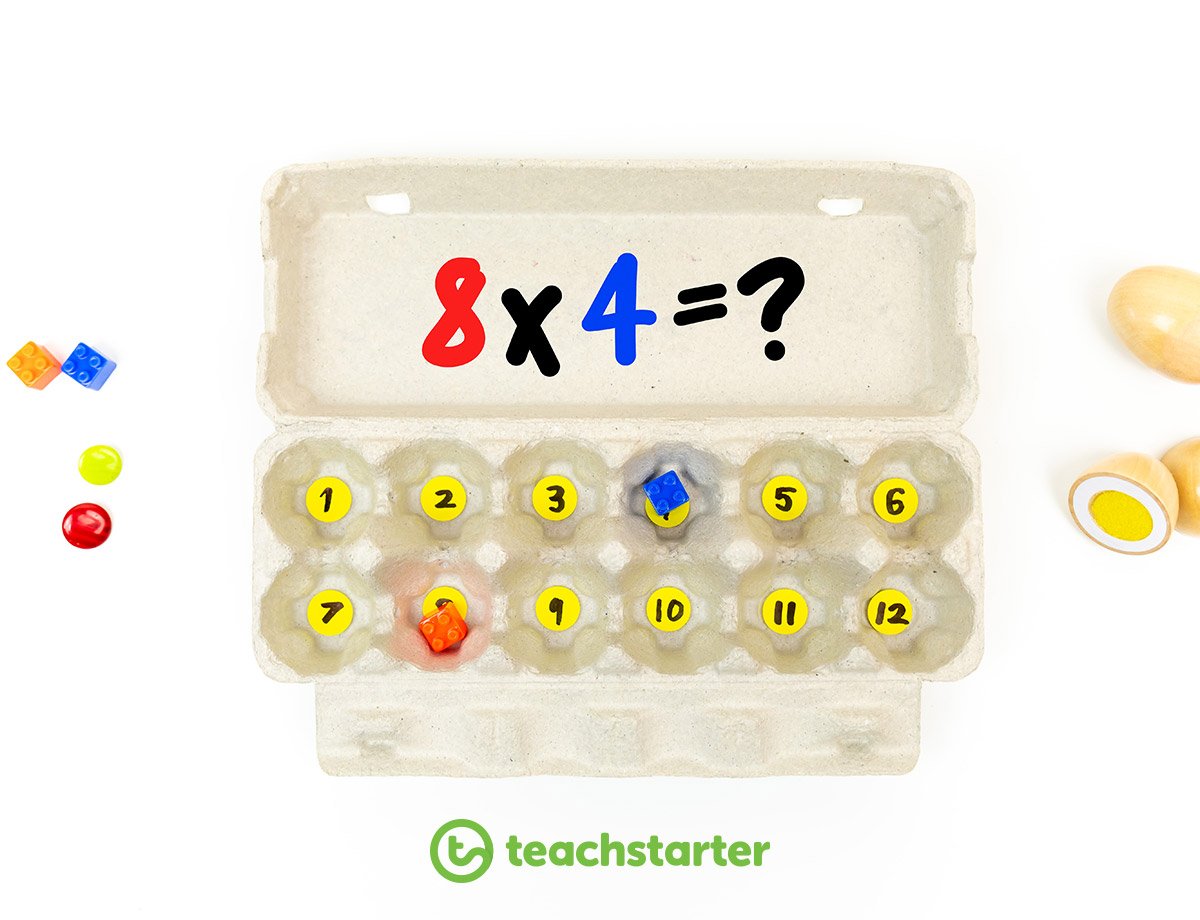
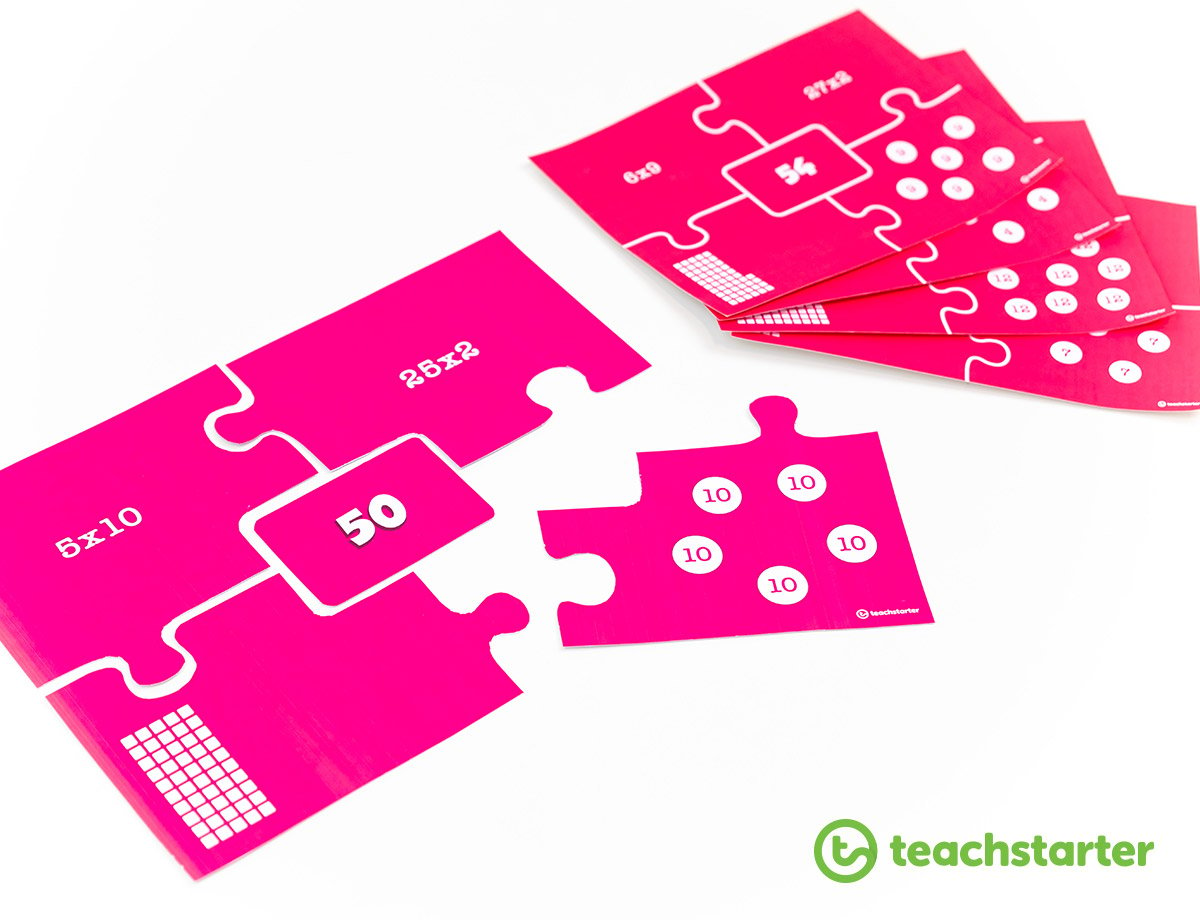

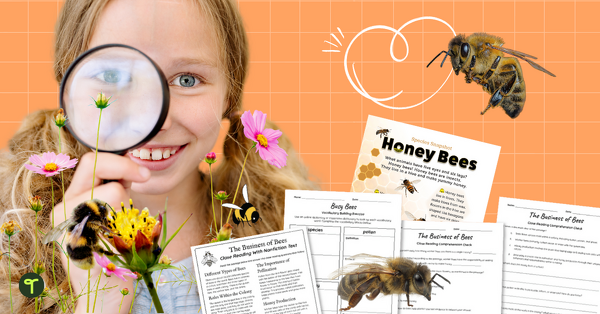
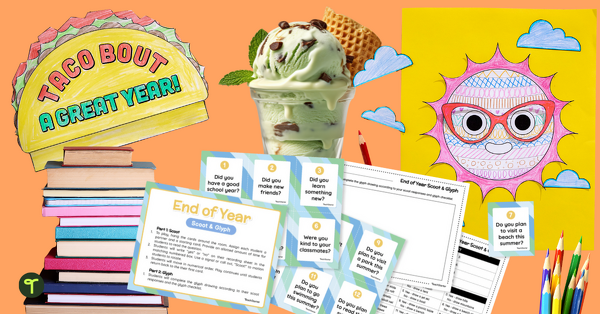
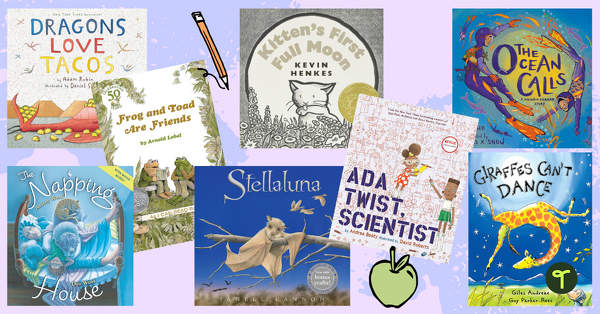



Comments